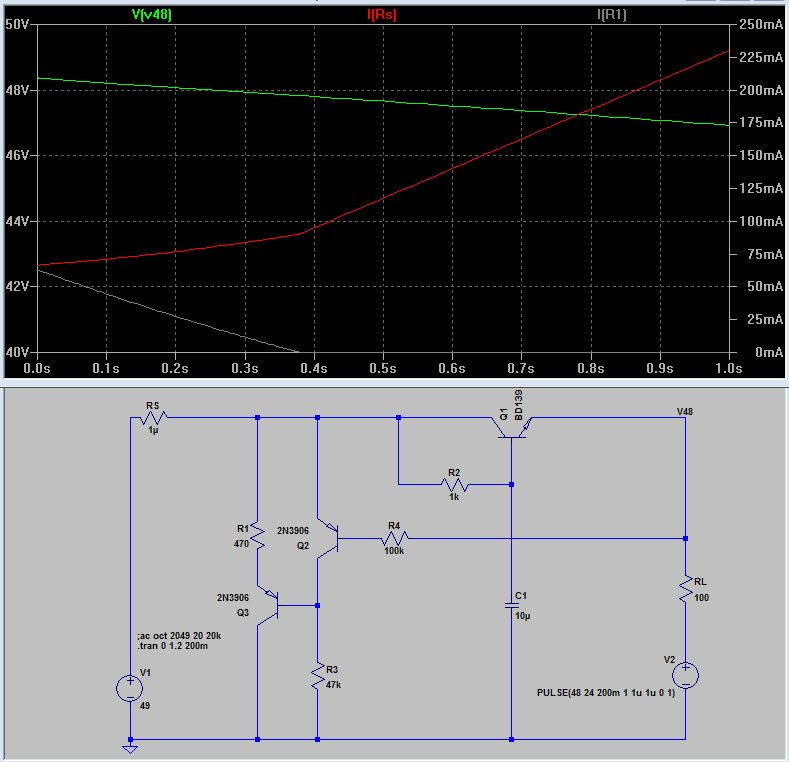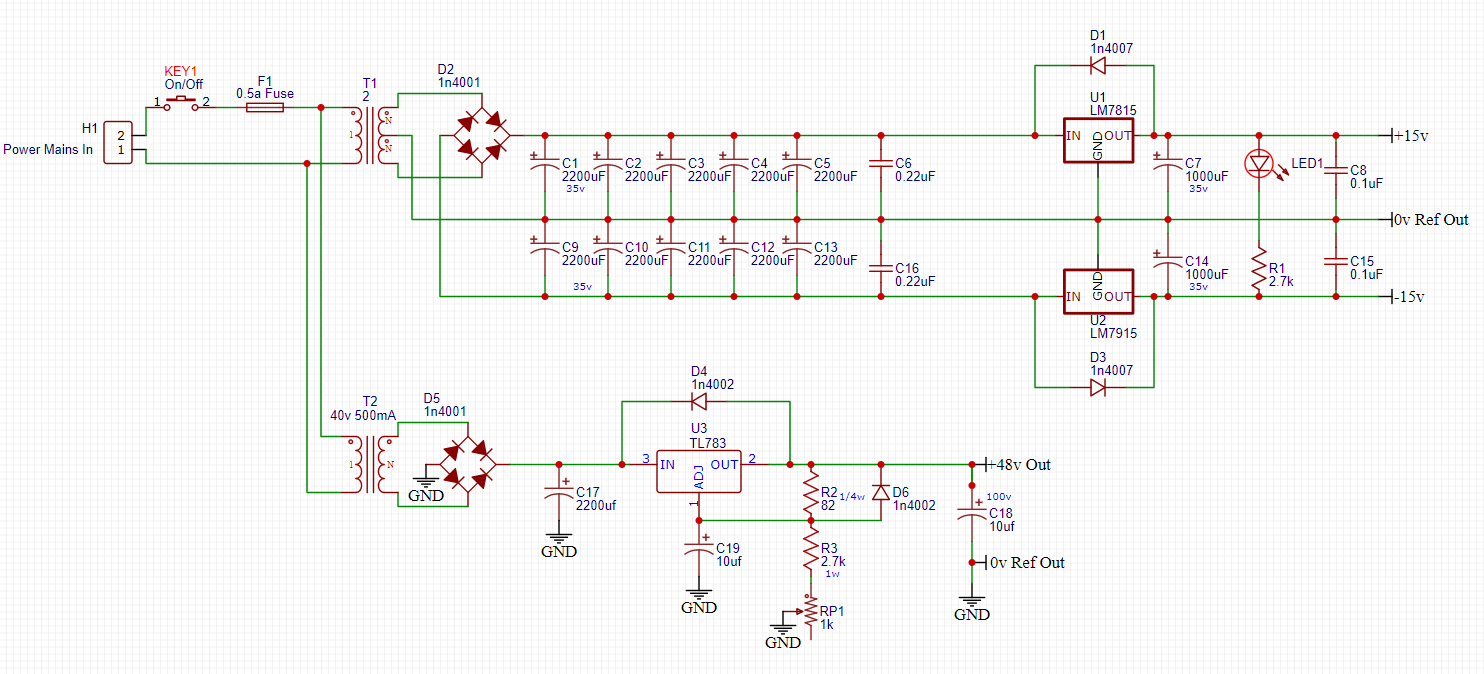Lerok
Active member
Hi, designing a power supply for a modular preamp box I'm putting together - I'm currently running +/-15vdc out of a center tapped transformer for power for the pres themselves, and was a little curious as to your guys' thoughts on the impact running phantom power through a cheaper switching supply would have on the sound - I'm assuming any small sonic difference from a switching supply on a mic's internal circuit would be amplified once it hits the pre stage, but I know Douglas Self's small signal audio design recommended a voltage tripler hooked up to the positive rail.
Any thoughts?
Any thoughts?







